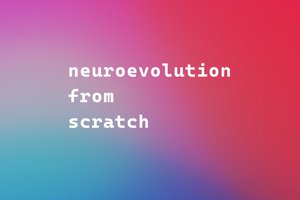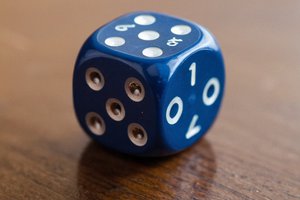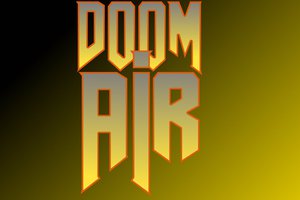I. INTRODUCTION
Over the past few decades, enormous progress has been made in imaging brain injury and anatomy through MRI. Prior research has shown structural changes in human brain MRIs with chronological age [1]. Based on these structural changes, estimation of age from brain MRIs has attracted more attention in recent years. Brain age estimation could aid in the early diagnosis of neurogenerative diseases such as Alzheimer’s, Parkinson’s, and Multiple Sclerosis [2]. Traditionally, segmentation of brain MR images is done manually, which results in some variation due to personal opinion. Additionally, manual brain MRI segmentation requires considerable time and effort and is thus impractical for large data sets [2]. Therefore, the team developed an algorithm which uses registration to apply the manual segmentations of a few volumes to many other volumes. In this paper, I present our fully-automated algorithm which segments 3D brain MR images and reports estimated age based on the segmentation and other features extracted from the MRI.
II. BACKGROUND
We have been provided with a set of atlases containing 40 volumes in the form of T1-weighted images which were registered to the MN1152 template with a resolution of 0.8mm and preprocessed with N4 inhomogeneity correction and white matter peak normalization. We have also been provided with the corresponding manual delineations of these volumes segmented in 207 subregions represented by different integer labels. Figure 1 shows the T1-weighted axial view of the MR image next to its corresponding manual delineation. We have also been provided with a training set of 500 other volumes in the form of T1-weighted MR images registered to MN1152 template with a resolution of 1 mm along with a .csv file containing the age of the patient for each MRI ranging from 19 to 86 years old which corresponds to each of the training volumes.
Various models have been proposed for the segmentation of brain MR images including Markov random field (MRF) models, multimodal segmentation, deep learning methods, and multi-atlas segmentation. Unlike other imaging applications where convolutional neural networks (CNNs) have largely outperformed other segmentation methods with the increase in computer processing capabilities in the past few decades, CNNs have remained comparatively less successful in brain MRI segmentation. This is likely due to the fact that manual delineation of whole-brain volumes is very time consuming and requires significant expertise, leading to a small training set being available for this data. Multi-atlas has often outperformed deep-learning-based approaches in brain MRI segmentation [3].

Fig. 1.T1-weighted axial view of brain MRI raw data (left) and manually delineated data (right).
In regards to deep learning algorithms, both classification and regression models have been explored extensively for brain age estimation based on MRI data with significant success. Shallow learning methods have been used such as Gaussian processes regression (GPR) and Support vector regression (SVR) [4]. Other strategies such as Hidden Markov Models and Random Forests have also been used with significant success. The team moved forward with a neural network regression method of brain age estimation based on the success of [5] and also due to the team’s experience building similar models.
III. METHODS
A. Skull-Stripping Method:
The team developed a novel method for skull-stripping which achieved satisfactory results on about 70% of the training data. This method binarizes the image based on a low starting threshold intensity and then calculates the number of connected components in the image. This initial number of connected components is always one due to the starting threshold intensity being only slightly higher than the background intensity. The threshold intensity then increments until there are two different connected components in the image. It is assumed...
Read more » Nyeli Kratz
Nyeli Kratz
 Gonçalo Nespral
Gonçalo Nespral
 Debargha Ganguly
Debargha Ganguly
 Tim
Tim
 Nick Bild
Nick Bild
This technique has shown great potential in predicting age-related cognitive decline, which can be a valuable tool in early diagnosis and treatment of age-related diseases such as Alzheimer's. However, there are still some challenges to overcome, such as the need for large datasets and the potential for bias in the algorithms. Despite these challenges, Deep Learning Brain Age Estimation is a promising area of research that has the potential to revolutionize our understanding of aging and age-related disease. Article https://www.yahoo.com/now/essay-writers-hire-top-4-163101516.html also helps you to find the top writers who would assist you in your essays.